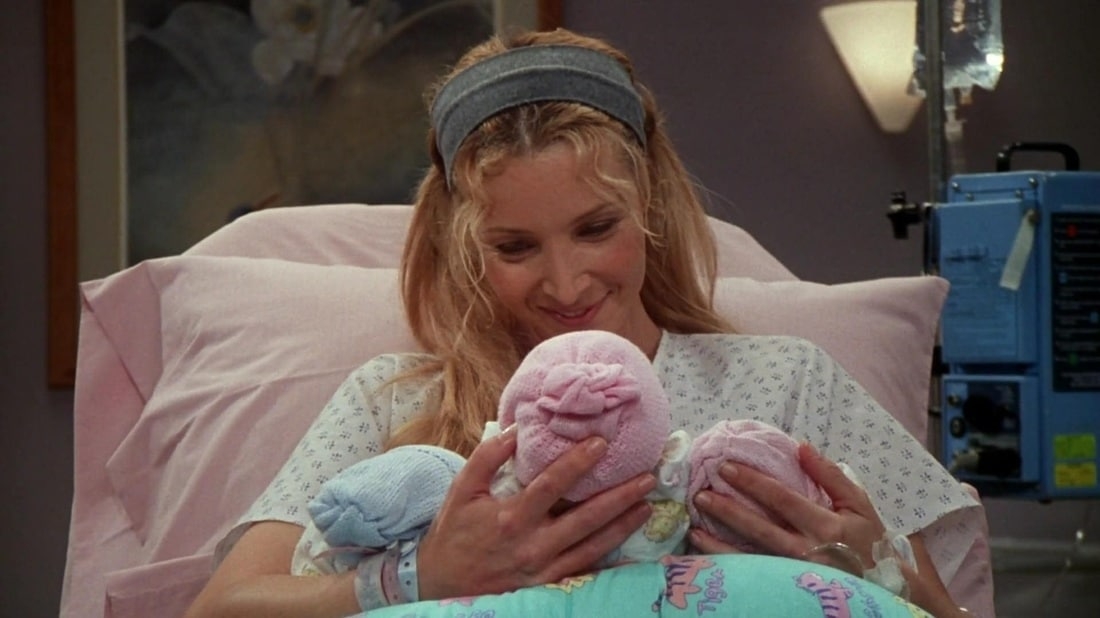Resources
Single Embryo Transfer A Safer Option

“Fertility clinic offers 2 for 1 deal” is the kind of advertisement people will not see from an Australian fertility clinic. Infertility care is very heavily regulated in Australia under the watch of the Reproductive Technology Accreditation Committee (RTAC), and the Reproductive Technology Council (RTC) which reports to the Western Australian Government.
Clinics are required to have policies in place that reduce the chance of a multiple pregnancy. This is one reason why your fertility specialist may refuse to allow you to transfer 2 embryos instead of 1 as part of an IVF treatment.
The reason single embryo transfers (SETs) are preferable from a medical point of view is that multiple pregnancies take a high toll on mothers, babies and communities. They increase the risk of pregnancy complications, C-sections, and premature births. There are also associated health problems for children born from multiple pregnancies, and increased obstetric costs for the parents. So, although a joy when safely delivered, medical specialists regard multiple pregnancy as a negative outcome of IVF, rather than a ‘good deal.’
Another reason double transfers are not preferable is that they only really help if the reason a transfer didn’t implant is due to embryo factors. If a transfer didn’t implant because of uterus related issues, then using 2 embryos won’t help the outcome, and 2 embryos will be lost rather than 1. Also, doing 2 independent embryo transfers will have a higher cumulative chance of pregnancy, compared to 1 double embryo transfer.
Australia has pioneered the worldwide movement towards SET, with more than 65% of Australian embryo transfers being single, leading to the lowest IVF-related twin birth rate in the world (8.8%). This contrasts starkly with the USA and UK, which have 30% and 20% twin rates respectively, due to much lighter regulations.
The SET policy was introduced to avoid the situation seen in these countries where three or four embryos may be transferred as part of IVF treatments. This is partly driven by a desire to maximize the chance of pregnancy for a single treatment, where multiple IVF attempts are unrealistic. In the USA, a single IVF cycle can cost $50,000 or more, which means couples will often only have the one shot at achieving their dream. In Australia this scenario is less common, as treatment is generously co-funded by the government through the Medicare safety-net, making it far more affordable. Fertility North has an open and transparent fee structure policy and we are proud to publish our fee structure online. We have structured our fee schedule to minimise out of pocket expenses for our patients.





